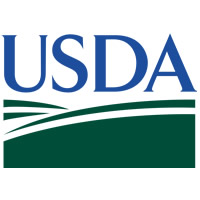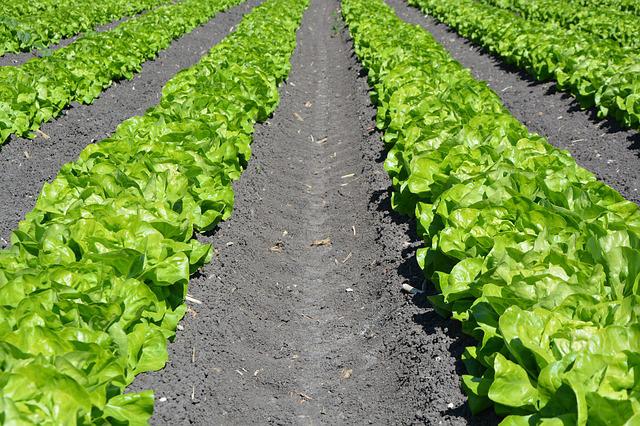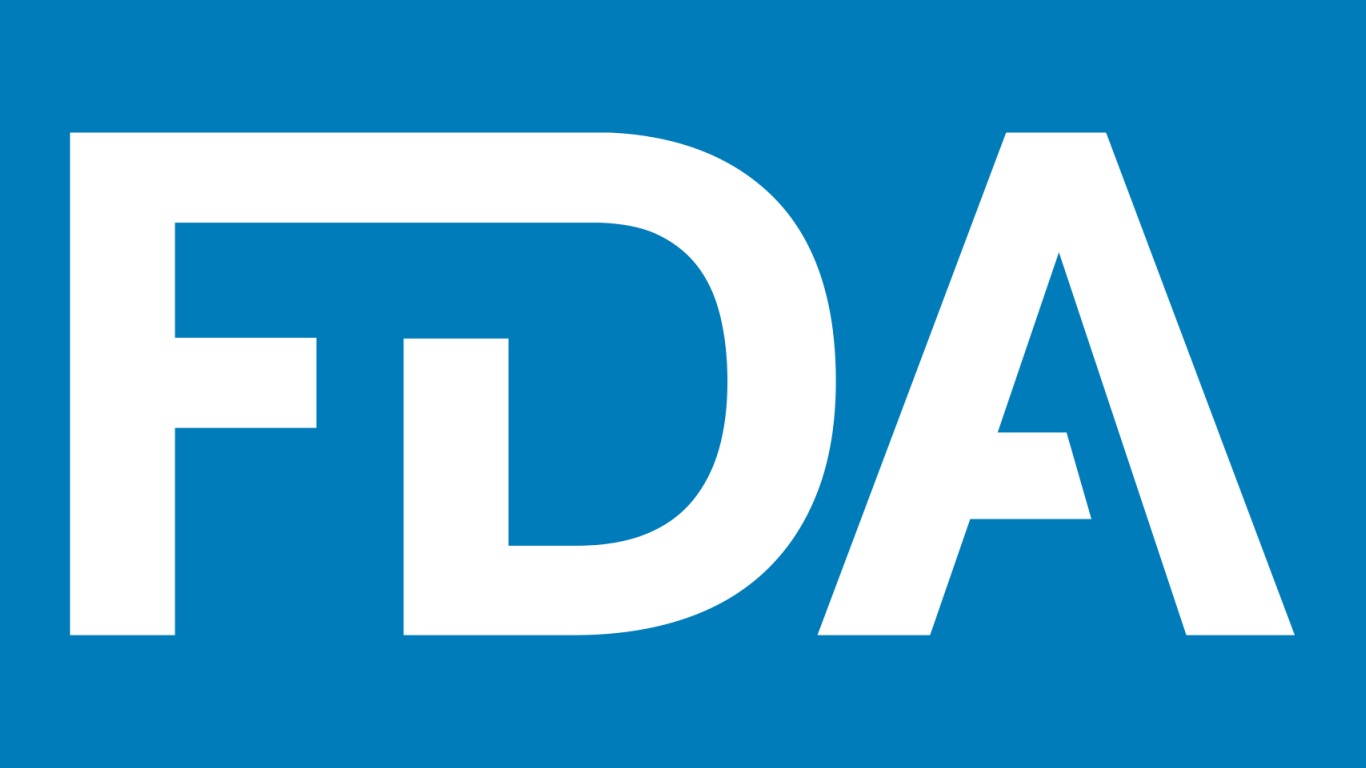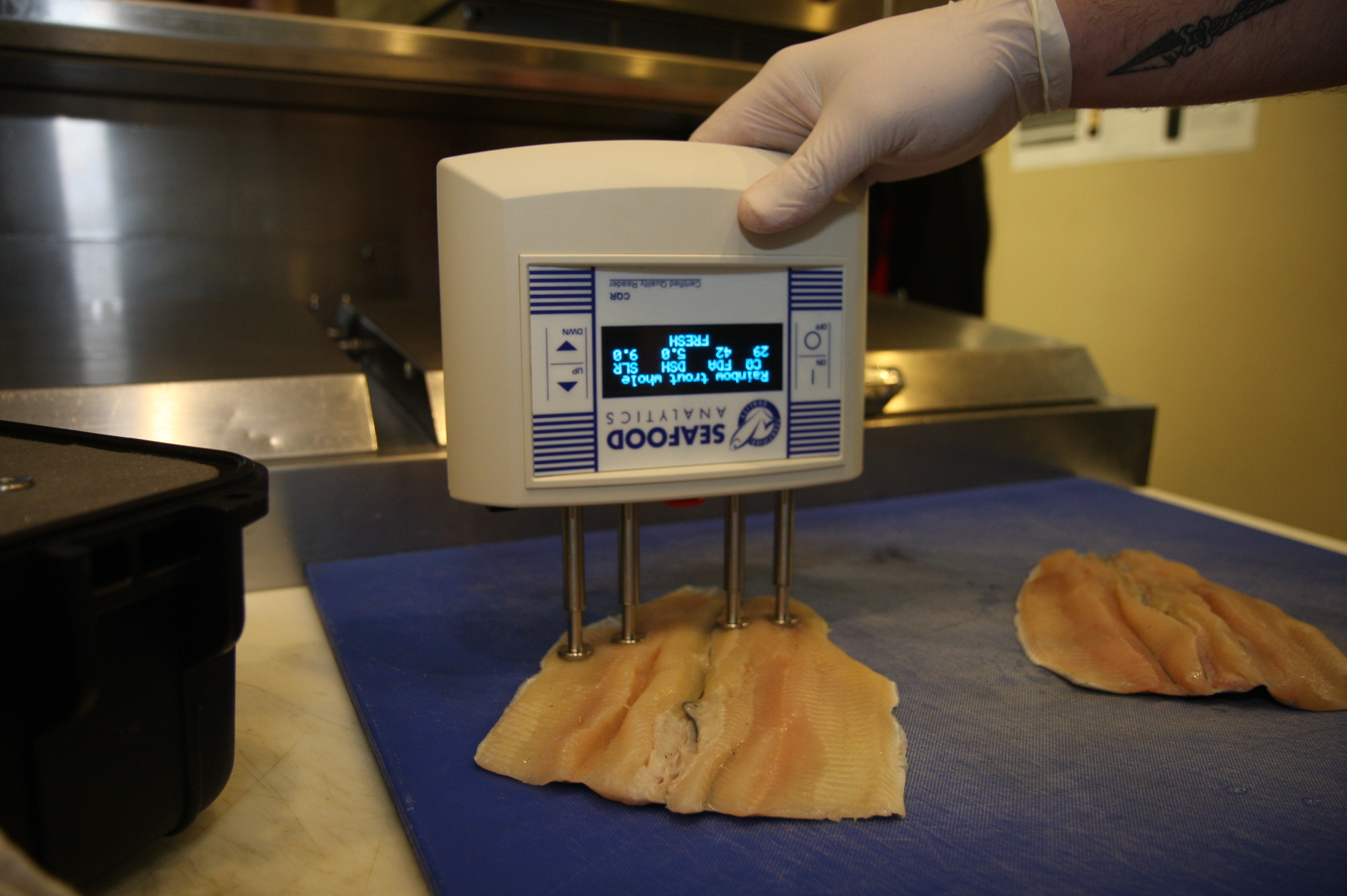

Food safety is a key indicator of a society’s ability to protect the consumer. With these growing technologies, food safety professionals can increase transparency and decrease the effects of foodborne illness.

Food safety is a key indicator of a society’s ability to protect the consumer. With these growing technologies, food safety professionals can increase transparency and decrease the effects of foodborne illness.

Dr. Denise Eblen, currently FSIS’ Assistant Administrator for the Office of Public Health Science, has been named agency Administrator. Paul Kiecker will take on the role of Assistant Administrator in the Office of Investigation, Enforcement and Audit, where he will apply his deep experience with the agency and his leadership capabilities to head FSIS’s investigation, enforcement, and audit functions.
If the available root cause methods are viewed as tools within your toolbox, their value can be realized once the appropriate tool is selected. Consequently, with the right tool, an investigation is usually more efficient and successful.

As food and beverage companies strive to uphold rigorous safety and quality standards, they’re embracing innovative technologies to better balance sustainable, ethical practices with the growing expectations of informed consumers.

As consumer demand for transparency continues to grow, agricultural businesses must adapt by implementing traceability systems. Labels play a large part in this process, and with the right label design software, businesses can create, manage, and track labels that meet the highest standards of safety, compliance, and consumer trust.

The guidance document describes FDA’s policy regarding participation in FDA’s Voluntary Qualified Importer Program (VQIP) by importers of food for humans or animals.

Robotics are widely used in the largest food manufacturing facilities worldwide, in a variety of use cases. The benefits of robots aren’t limited to food manufactures with sky high capital budgets. Thanks to advances in the past decade, food and beverage manufacturers of all sizes can leverage the benefits of this technology.

Artificial intelligence (AI) and machine learning (ML) amplify these capabilities with real-time monitoring, enhanced traceability, and rapid issue detection throughout the whole supply chain. However, the transition to automated food safety systems presents its own set of unique challenges, such as data security and human-robot interaction.

Yiannas joins leading experts Dr. Acheson, Dr. Brashears, and Dr. Wiedmann on Council
Developing a user-friendly risk assessment tool to assess the food safety risks of fresh produce production and landscape use